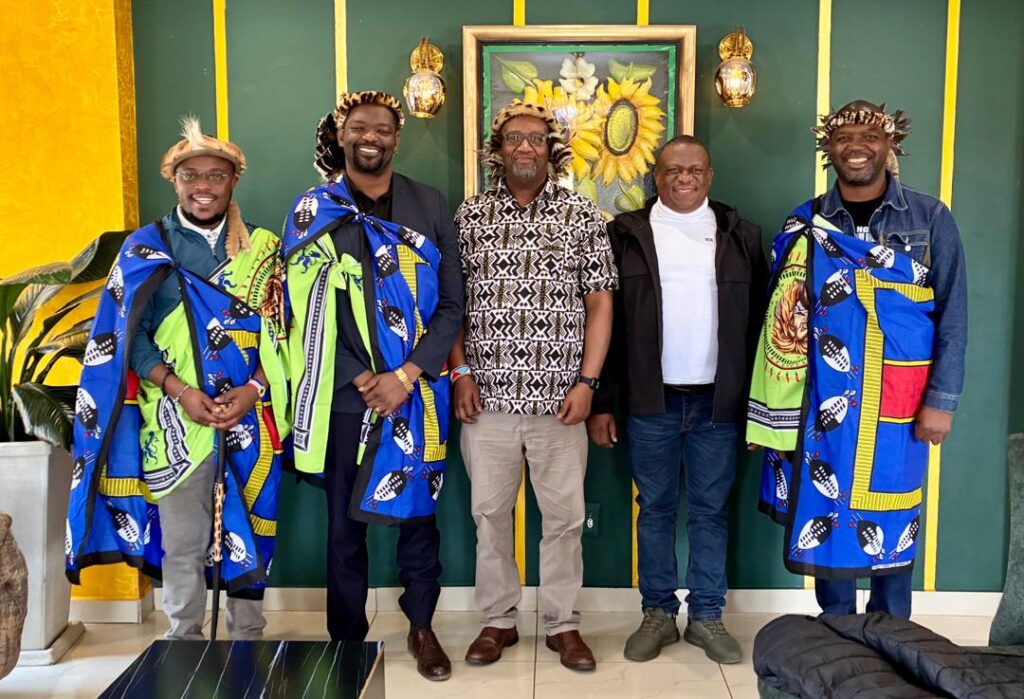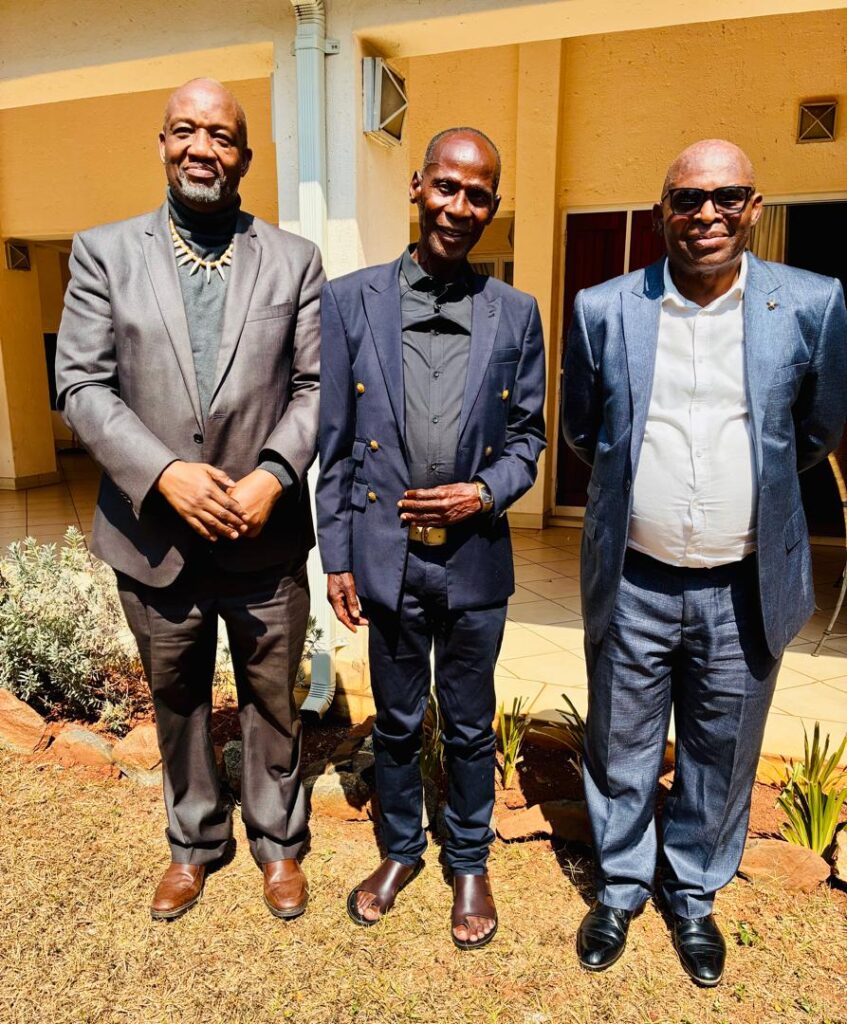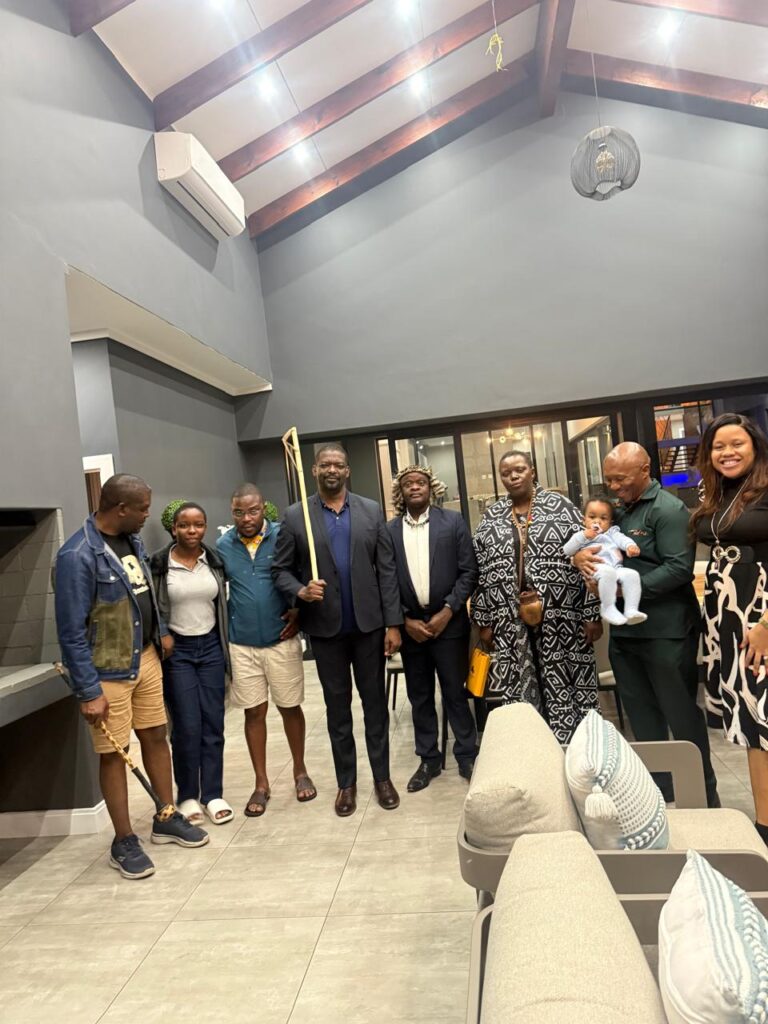The Ngoni people, descendants of the great Zulu-led migrations during the Mfecane, are today rekindling their shared heritage across Southern and Eastern Africa. Scattered by war, migration, and colonial disruption, the Ngoni carried their language, customs, and traditions into new lands, adapting to new environments while preserving fragments of their identity. Through traditional leadership, cultural institutions, and organizations such as Afrikan Indigenous Leaders (AYIL), this history is being reclaimed. What was once scattered is now being deliberately reconnected in a historic journey of reconciliation, unity, and cultural revival.
In 2022, Afrikan Indigenous Leaders, in partnership with the Khaya Heritage Foundation and the Mzimba Heritage Association, hosted the 200 Years of Mfecane Commemoration under the theme “Mfecane and Regional Impact.” This commemoration brought together Ngoni kings, chiefs, academics, and community leaders to reflect on the historical migrations that spread Ngoni culture into Malawi, Zambia, Mozambique, Tanzania, and beyond. It marked a turning point—ushering in deliberate steps to document, reconnect, and restore Ngoni traditions for future generations.
The Gama clan has been at the center of this unfolding story of reconnections across Southern Africa. Inkosi Mgendela Gama of Tanzania and his brothers travelled to eSwatini where, during the Umhlanga Reed Dance on 7th September 2025, they met with Chief Nsukumbili Gama of eSwatini. This historic encounter was further graced by the presence of Dr. Sikhomba Gumbi, underscoring the unity and revival of bonds amongst Ngoni clans. Prior to this, while in Tanzania, Dr. Mdu Gama and his wife, Dr. LaVilakazi, had the opportunity to meet Inkosi Mgendela Gama, a moment that deepened ties between the Tanzanian and South African Gamas. Afterward, they also met with Hon. Siyabonga Gama in South Africa, who narrated the history of the Gama people in South Africa and eSwatini.
Ms. Lindiwe Gama, who works with the Department of Science, Technology and Innovation (DSTI), also experienced this reconnection in a unique way—through her professional work with Tanzania, she was warmly welcomed as a Gama, without understanding why until it was revealed that the Gama royal family is well known in Tanzania, with many of its members holding senior leadership positions. It is also of historical importance to note that many Gama traditional leaders, alongside other Ngoni chiefs, were active in the Majimaji Rebellion of the early 1900s, resisting German colonial forces with courage and resilience.
The Ngoni reunification journey also gained momentum with the Maseko Ngoni people. Princess Dr. Nikiwe Bam first met Inkosi Yamakhosi Maseko Gomani V of the Maseko Ngoni during a visit to South Africa, which led to the Kubayi Ngomane gathering in Giyane. This gathering, which also attracted Maseko people from Lesotho who migrated from eSwatini, reinforced cross-border kinship and cultural identity. A significant milestone in this journey was reached when Inkosi Yamakhosi Maseko Gomani V married Queen LaMathebula from South Africa, symbolizing the unity of Ngoni heritage through intermarriage. Separately, Inkosi Maseko Gomani V hosts the Umhlangano Ceremony to celebrate the culture and traditions of his people and strengthen internal unity.
The Ngoni revival extends across multiple countries, connecting leaders from Malawi, Zambia, Tanzania, Mozambique, eSwatini, and South Africa. His Majesty King M’mbelwa V of Mzimba has taken a central role, often visiting the Zulu Kingdom in the company of His Majesty Inkosi Yamakhosi Mphezeni V Jele of Zambia, who hosts the Incwala Ceremony, a SADC-wide cultural gathering joined in February 2025 by the eSwatini delegation. These visits have included Inkosi Yamakhosi Zulu Gama of Tanzania, further reinforcing bonds between east and southern African Ngoni communities. In Mozambique, Ngoni traditions are being preserved through the installation of chiefs and traditional leaders, ensuring continuity for future generations.
The Mthetho Cultural Festival further strengthened this momentum. A delegation from the Zulu Kingdom attended the festival, where King M’mbelwa V of Mzimba made a powerful cultural call to action. He urged that to restore lost culture and language, Ngoni men across all regions must marry wives from South Africa, the cradle of Ngoni ancestry. Furthermore, he emphasized that chiefs and traditional leaders should take more wives, not only to uphold traditional customs but also to safeguard Ngoni language and ensure its transmission within families. This directive was more than symbolic—it set a cultural agenda rooted in kinship, marriage, and family as vehicles for identity revival.
Other clans such as the Cele, Mthethwa, Gumbi, Jele (or Jere), and the Tembo/Tembe lineages are also embarking on the path of reconnection, furthering the work of reunion and the restoration of heritage across borders.
All these reunions and cultural programmes affirm the collective intention of the Ngoni to rebuild unity, reconciliation, and peace amongst Afrikan Kingdoms. This work continues to be supported by researchers and authors such as Nthebe Molope, who document the legacy of King Mzilikazi and the Ngoni heritage at large.
Issued by:
Princess Dr. Nikiwe Bam
Founder & Global President, Afrikan Indigenous Leaders
Co-Founder, African Royal Chamber of Commerce
Ambassador, Pan African Leadership Institute to South Africa
Facilitator, C20 Working Group on Cultural Diversity Recognition and Embracement
Chief Ambassador of Umoja MaChifu Tanzania
📞 +27 63 881 3666
📧 nikiwe.bam84@gmail.co



